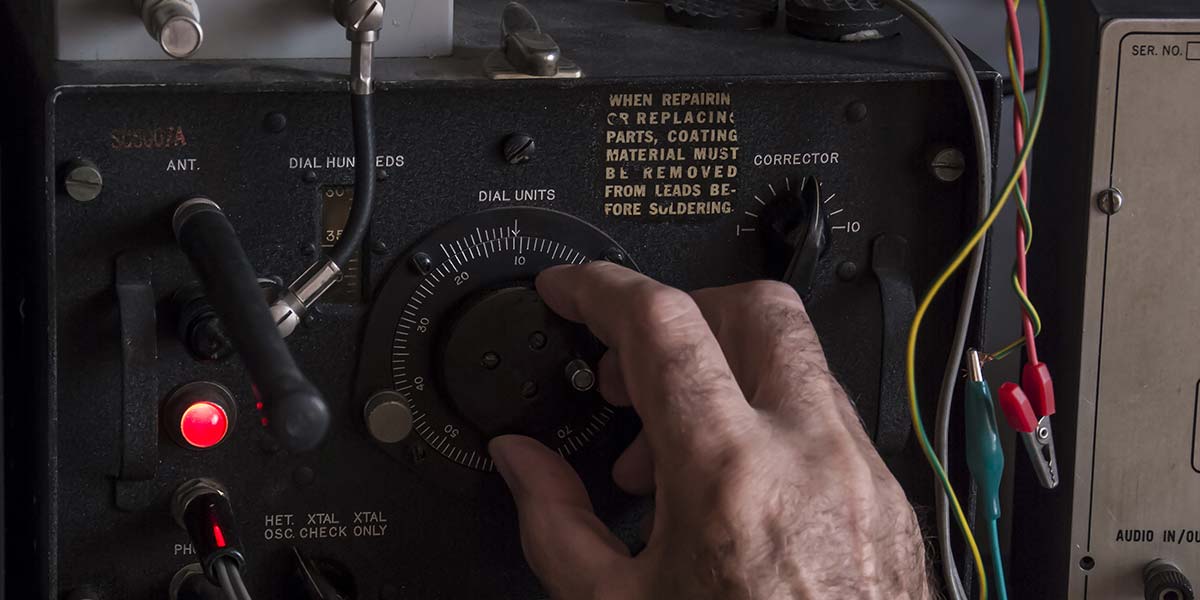When I received my new catalog from MFJ Enterprises, I couldn’t help but feel a twinge of nostalgia. Scanning through the pages of the latest ham gear revealed very little has changed since my youth. Sure, some of the instruments sport LCD displays instead of analog meters or LED displays, but from a gross technological perspective, the catalog could have been from the ’70s. There was the usual mix of antennas, antenna rotors, linear amplifiers, antenna tuners, watt meters, microphones, and even a handful of iambic keyers for CW operation using Morse Code.
It’s no secret that amateur radio has been in decline for a while, hastened by the popularity of the Internet. It used to be an accomplishment to chat with someone in Africa or Japan. Plus, slow-scan TV was good for perhaps a frame every couple seconds. Today, all that’s required for world-wide video and audio communications is a cell phone — not a room packed with powerful gear. I can remember calibrating my wall clock and oscillator circuits with signals from WWV at 5.0 MHz and 10.0 MHz. Today, of course, clocks with built-in receivers update the displayed time automatically.
In short, most electronics enthusiasts don’t consider amateur radio at the cusp of innovation in technology. And, perhaps it isn’t. However, if you’re really serious about learning and experiencing electronics, you owe it to yourself to check out what amateur radio has to offer. I still use the diagnostic techniques I learned building and troubleshooting communications gear today — on both digital and analog circuits.
I still remember my first moonbounce communications using a microwave transceiver and an antenna array that automatically tracked the moon. Of course, it took months to prepare for what was about a minute of communications time. There was learning about high gain antenna arrays, and then using coat hangers and aluminum tubing to construct an array. There was working with waveguide and heliax, and figuring out the trajectory of the moon on a particular night. Plus, there were a couple dozen other problems that had to be solved. As a result, I learned a lot with each project. At least for me, it isn’t about the final conversation, it’s the process of building a system with specific capabilities and then operating it to the best of my ability.
You won’t find that sort of challenge or excitement working on a bench with, say, a microcontroller and a few LEDs. It’s one thing to build a power supply to use one day on your projects, and another to build one specifically to power a transceiver that has to stand up to the rigors of emergency use. Amateur radio has a long history of public service. I spent many hurricane seasons in Louisiana providing communications for hundreds of families in temporary shelters. That’s when knowing how to set up an antenna with duct tape and coat hangers paid off — not only for me, but for everyone in the shelters.
73,
NU1N NV

